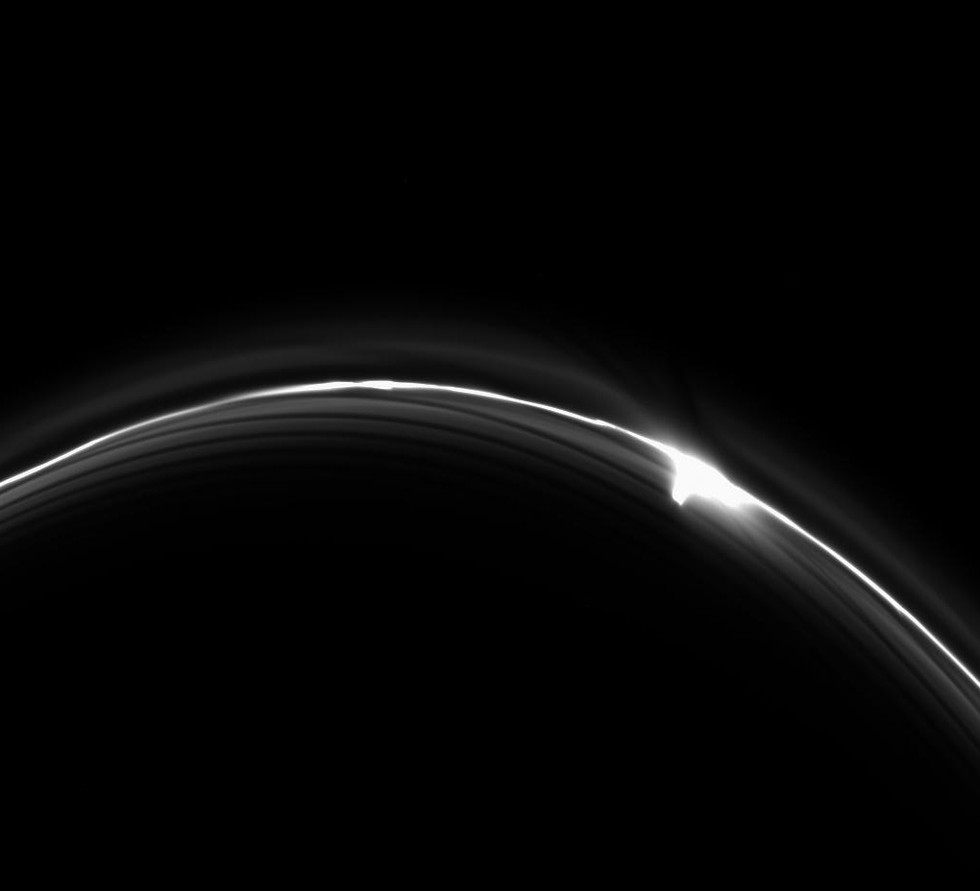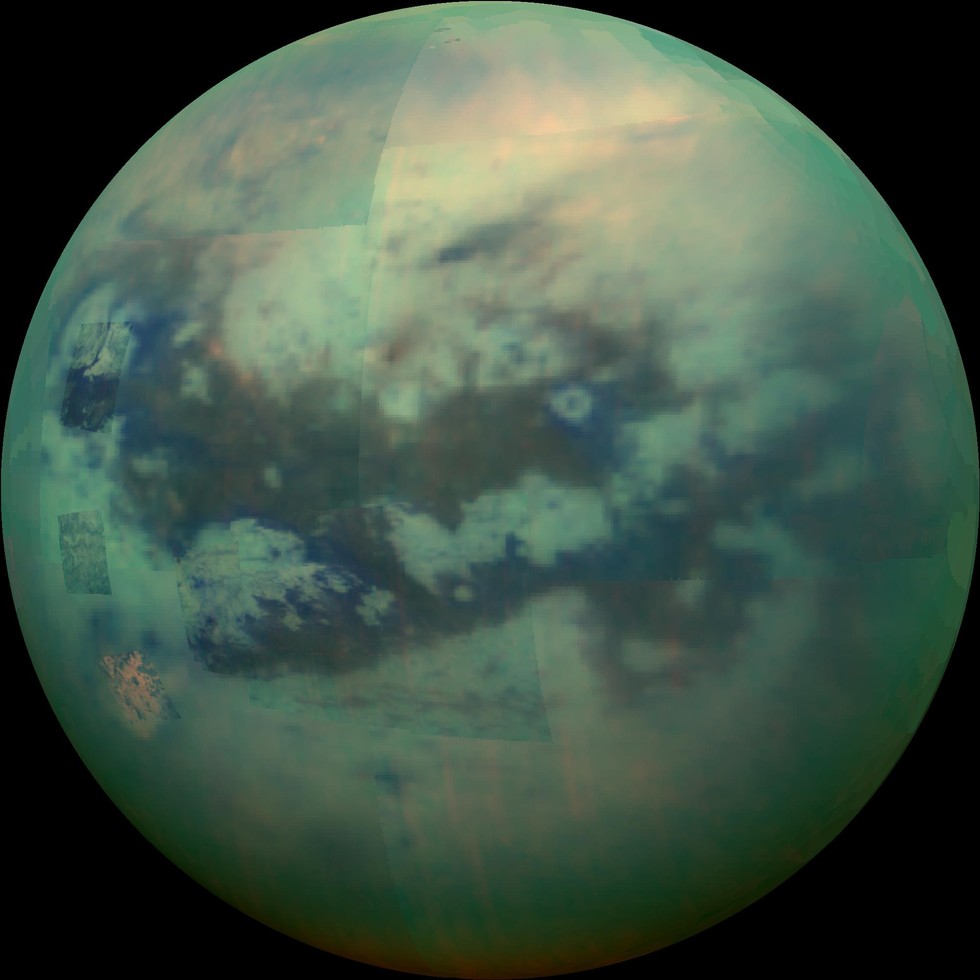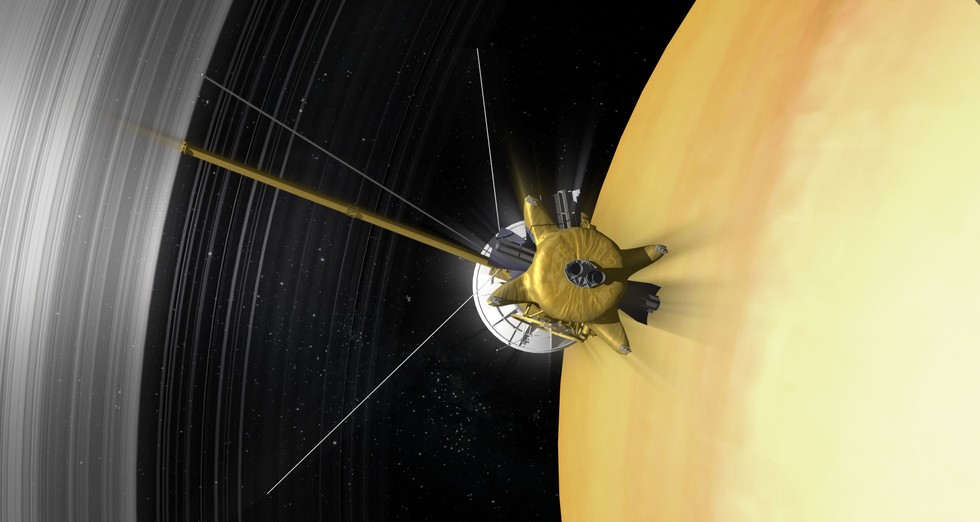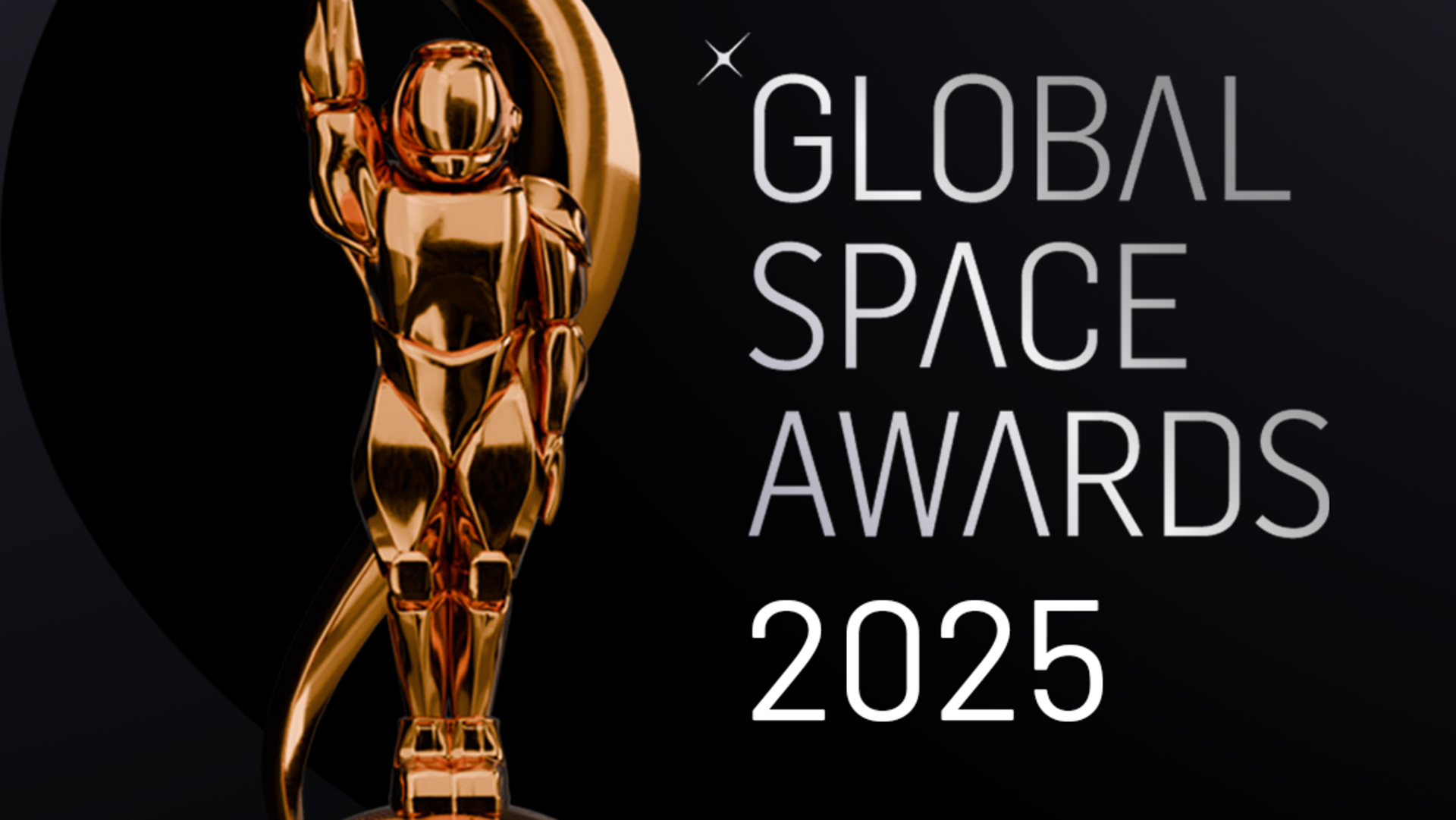Cassini's Last Days at Saturn Will be Science Gold

NASA's Cassini has been a busy spacecraft since it arrived at Saturn in 2004. Some of its key discoveries include seeing active water ice plumes at the moon Enceladus, watching strange storms develop in Saturn's atmosphere and (along with the Europe-led lander Huygens) discovering that the enigmatic moon Titan has lakes and seas just like Earth — but composed of methane and ethane, not water. However, all good things must come to an end and the mission is in its last year of operations. Low on fuel, it will make two daring orbital changes to creep closer to Saturn's rings and the planet before plunging into the planet itself. Here are just a handful of things left on Cassini's "to-do" list.
Watching a Ring's Shenanigans
Saturn's "F" ring is a scientist's wonderland. The ring is constantly tugged by the moons Pandora and Prometheus, and perhaps there are smaller moonlets embedded in the ring as well. This means there's a lot of weird structures embedded inside that can rapidly change, sometimes within hours. Starting on Nov. 30, Cassini will get a better look at the F ring when it starts 20 passes just outside of the main rings. Cassini will get as close as 4,850 miles (7,800 kilometers) of the ring's center.
RELATED: Grand Finale: Cassini Preps For Last Days at Saturn
"During the F ring orbits we expect incredible views of the rings, along with the small moons and other structures embedded in them, as we've never seen them before," said Linda Spilker, Cassini project scientist at NASA's Jet Propulsion Laboratory in California, in a statement. "The last time we got this close to the rings was during arrival at Saturn in 2004, and we saw only their backlit side. Now we have dozens of opportunities to examine their structure at extremely high resolution on both sides."
A Last Look at Titan
We've been spoiled with close flybys of the soupy moon Titan during Cassini's mission. This composite image from November 2015 peers below the haze (in infrared wavelengths) to the hydrocarbon pools below. Cassini will make one last pass of this moon in April 2017 to permanently change its orbit. Once this happens, Cassini will fly through the narrow gap between the rings and Saturn.
RELATED: Cassini Snaps 'Wonky' View of Saturn's Summery North
This zone is only 1,500 miles (2,400 kilometers) wide and has never been looked at in detail before, providing an unprecedented opportunity to learn more about the rings and the planet. "While it will be sad to say goodbye, Cassini's final act is like getting a whole new mission in its own right," said Spilker. "The scientific value of the F ring and Grand Finale orbits is so compelling that you could imagine an entire mission to Saturn designed around what we're about to do."
Breaking space news, the latest updates on rocket launches, skywatching events and more!
Trying to Solve Saturn's Mysteries
There was a neat period in 1979, 1980 and 1981 when three missions in a row flew by Saturn: Pioneer 11, Voyager 1 and Voyager 2. Then we had to wait until 2004 for Cassini to show up and start doing its work. So we've been spoiled by a lot of pictures and data, but some fundamental mysteries remain. How long is a Saturn day? How old are the rings? The final phase of Cassini aims to answer those questions.
RELATED: Cassini Finds Saturn's Rings Are Weirdly Thin
During this phase, Europlanet states, "scientists hope to gain new insights into Saturn's interior structure, the precise length of a Saturn day, and the total mass of the rings — which may finally help settle the question of their age. The spacecraft will also directly analyze dust-sized particles in the main rings and sample the outer reaches of Saturn's atmosphere — both first-time measurements for the mission."
The End
Then, on Sept. 15, 2017, Cassini will make a suicidal dive into Saturn. On its way to obliteration in the intense pressure, it will send back data about what the atmosphere is made of and what the weather is like inside Saturn. Why throw Cassini away like this? NASA points out that there are at least two moons in Saturn's vicinity — Enceladus and Titan — that could be habitable or have the potential of habitability.
"To avoid the unlikely possibility of Cassini someday colliding with one of these moons and contaminating them with any hardy Earth microbes that might have survived on the spacecraft, NASA has chosen to safely dispose of the spacecraft in the atmosphere of Saturn," said NASA.
Originally published on Seeker.

Elizabeth Howell (she/her), Ph.D., was a staff writer in the spaceflight channel between 2022 and 2024 specializing in Canadian space news. She was contributing writer for Space.com for 10 years from 2012 to 2024. Elizabeth's reporting includes multiple exclusives with the White House, leading world coverage about a lost-and-found space tomato on the International Space Station, witnessing five human spaceflight launches on two continents, flying parabolic, working inside a spacesuit, and participating in a simulated Mars mission. Her latest book, "Why Am I Taller?" (ECW Press, 2022) is co-written with astronaut Dave Williams.




